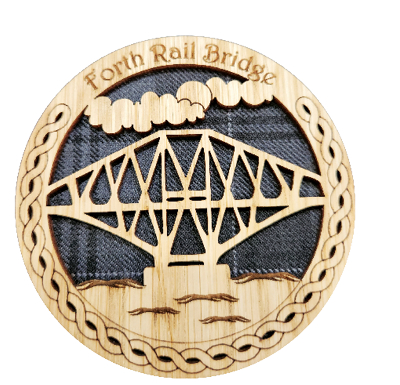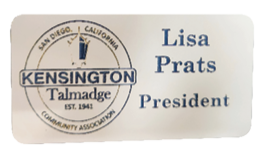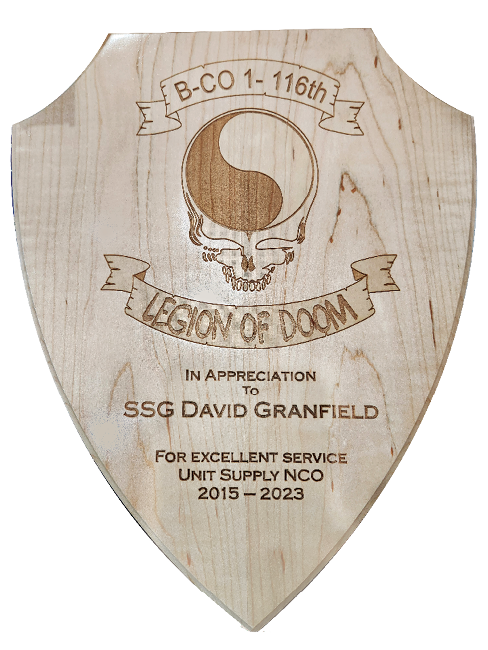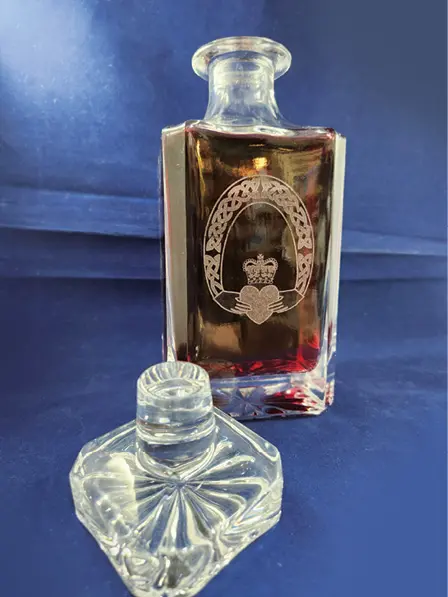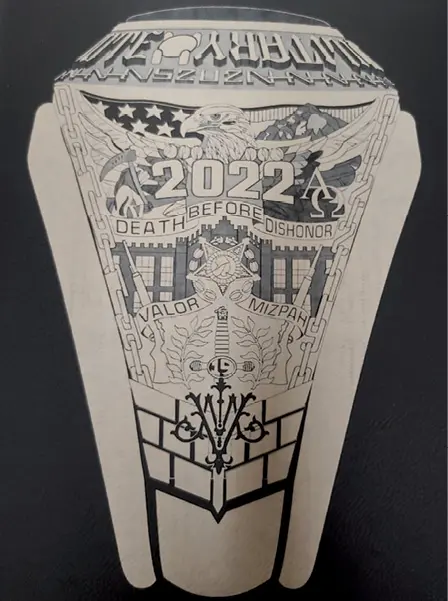
At this point we have made it through our first year of laser engraving, and now we’re considering how we did and how to move forward. Hopefully one of our options doesn’t involve scrapping the idea, getting out of laser engraving, and getting rid of what we now consider to be an expensive paperweight.
The first thing to do is to look at the foundation of our new business. Those building blocks are margins, products, our market, and our marketing strategies. We do need to bear in mind that the second year of a new business can be even more challenging than the first. We’ve probably enjoyed somewhat of a honeymoon period, which will inevitably pass as time goes by. Ensuring our foundation is solid is critical to make sure our business survives.
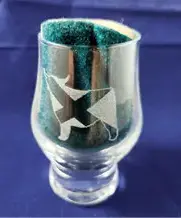
Margin, or profitability, is the most crucial aspect of our business. The beginning of the year is when our suppliers tend to raise prices. Also considering delivery costs, we need to decide whether we can absorb, either partially or completely, these increases. It’s always a good time to look at how we are pricing our own time.
Hopefully we’ve been saving our templates and thereby saving time (money) on repeat jobs. Please make sure that repeat customers are aware of any price increases first, and don’t let them assume that their favorite product is now more expensive.
Product expansion is certainly one option to consider. Our first year should have made us confident enough to look at new processes and new materials. We always need to look at new products or materials first before committing to them to ensure what we want to do is within the limitations of our machines. A lot of suppliers will offer samples or sample packs so we don’t need to spend a lot trying out new ideas. Alternately, it may be apparent that certain products aren’t doing well, and we decide to discontinue them. Trends change, though, and my advice is to save the templates because we never know when interest in that product may reemerge.
Products and markets will ultimately start to merge together. Let’s say we have established ourselves in the awards business and we want to expand by selling to larger organizations such as a local sports group, which presents awards in multiple sports and multiple places. Large sports associations, unfortunately, can purchase their supplies in bulk online, at the same prices as we can, in either component form or assembled, and often with basic engraving and shipping included.
So, how do we get any consideration? Well, we’re probably not going to be able to compete on a like-for-like basis. I suggest offering them personalized and/or unique awards, such as a most valuable player (MVP) award. From there we can try to make inroads to the larger orders by showing we can include personalization on to the more generic award plates. Instead of a plate reading “Girls’ U16 Softball MVP,” we can offer “Penny Smith, Girls’ U16 Softball MVP.”
Next, we can hopefully grow the personalized or unique approach to awards. I have been fortunate enough to have become the engraver of choices for several organizations and from there I’ve developed commemorative pieces for other events happening in association with the “parent” event.
Novelties and gifts offer a great opportunity grow your business. If we’re already working in a gift environment, there’s a great opportunity to offer added value, either to our own products or to customer provided items. Just be certain you’re experienced enough to work on, for example, expensive crystal pieces. Whether our own product or customer supplied, we cannot afford to replace an expensive item due to mistakes in the engraving or mishandling. Of course, we don’t have to stay within one market segment; it only makes sense to work in as many different market segments as we can.
Now that we’ve got product growth sorted out, how do we market ourselves? Marketing is something entirely different from selling, although they can occur simultaneously.
While they are intrinsically linked, marketing comes first. We have media (broadcast, social media, and print); display (local festivals, farmers’ markets, etc.); word of mouth; and riding the coattails of groups like Chambers of Commerce and Main Street doing “inclusive” advertising that multiplies the coverage we can achieve, and possibly at a lower cost. Media is relatively expensive in its various forms, but it can be valuable.
Selective advertising, such as broadcasting that we’re participating in a local festival using social media, for example, can be a successful approach. Suggesting to our customers to mention to their friends that we’ll be at the event also works. Advertising on local media can also be very rewarding, particularly if you have a local radio or TV station. On our own, TV advertising can be very expensive, but it can be reasonable when consolidated with others.
Radio advertising at specific times of the year or in association with the publicity for a local event should be considered, and in a small market can be extremely effective and reasonably priced. One thing that I was once told by a voice-over actor I was working with is something I have found to be — in our case at least — incorrect. He told me that we should never consider doing a broadcast unless we used a professional voice actor.
Stammering, pauses, misspeaking are all things that, if not caught, can only damage our potential results. We use our local radio station several times a year, and we’ve eliminated the possible mistakes by first preparing and rehearsing a script. We’ve seen positive results. However, once we’re happy that we have the best products for the right market, at the right price, and we believe we’ve marketed them appropriately, we still have to sell! Looking back at our results, considering how we sell is probably the most difficult part of our business evaluation. We’ve all come across those who could “sell flowers to a florist.” Unfortunately, almost none of us are that person. Most of us usually find selling very hard, particularly in a face-to-face situation.
The fact is, nobody can represent our business as well as we can. It’s time to take a long look at ourselves and realize that we do have to get out of the store and talk to people. I’m not a natural salesman, and I won’t pretend that it ever becomes easy, but I will say that it does become a lot easier as time goes by.
Let’s make our second year in business much better than the first!


